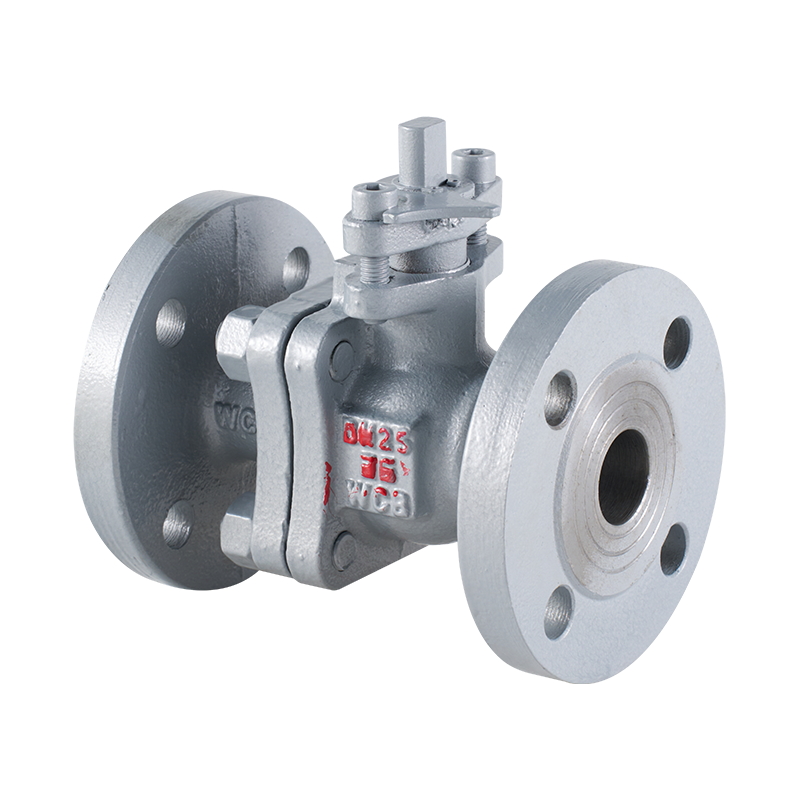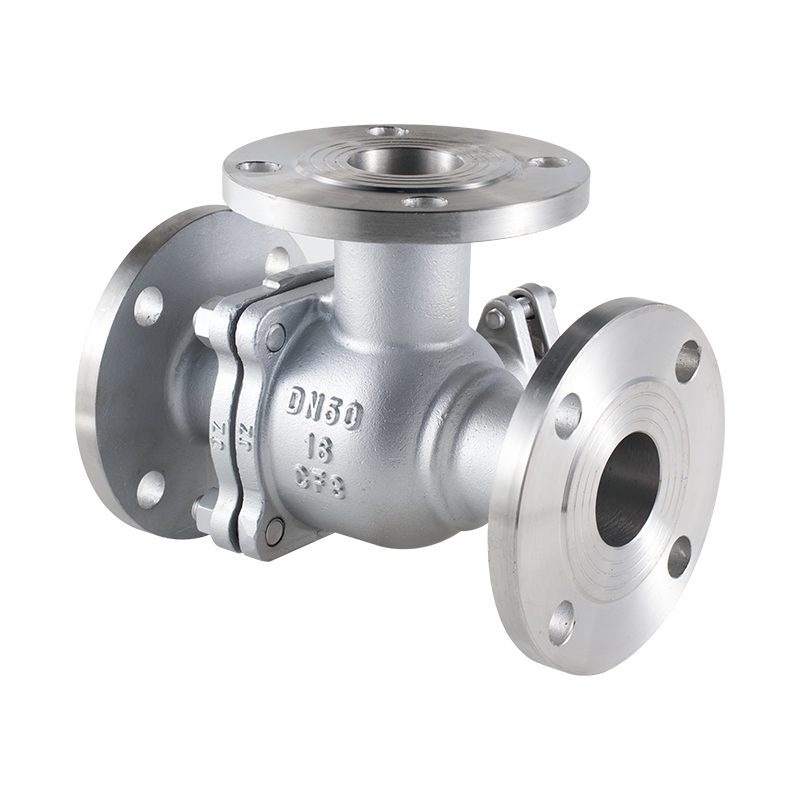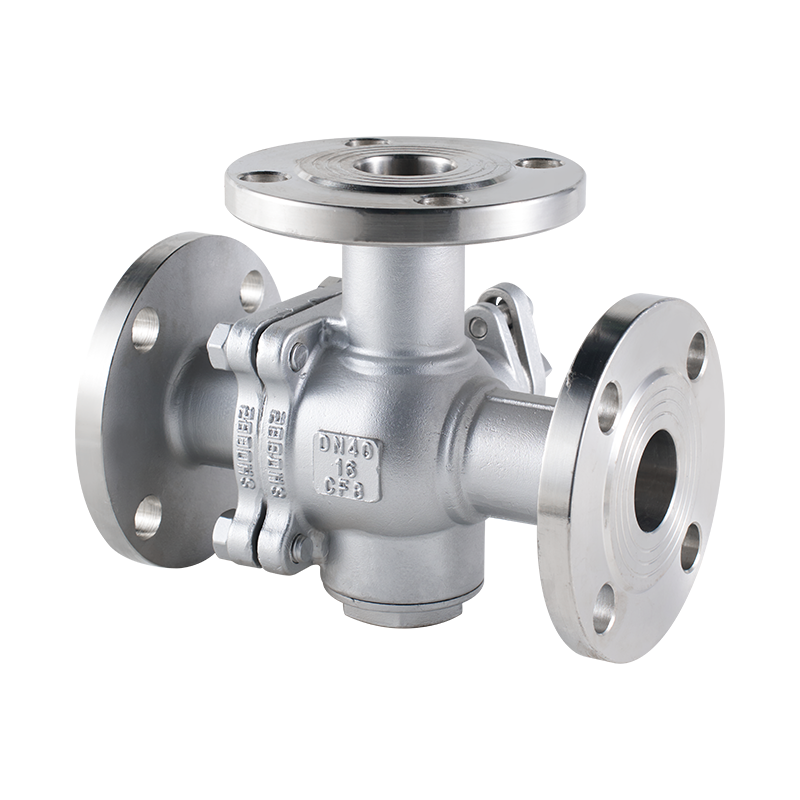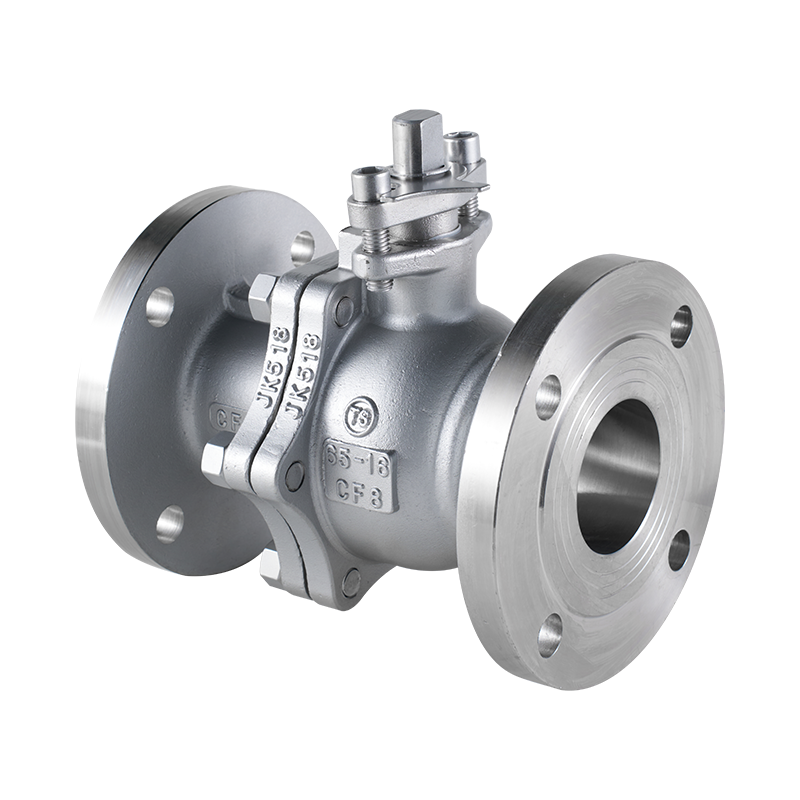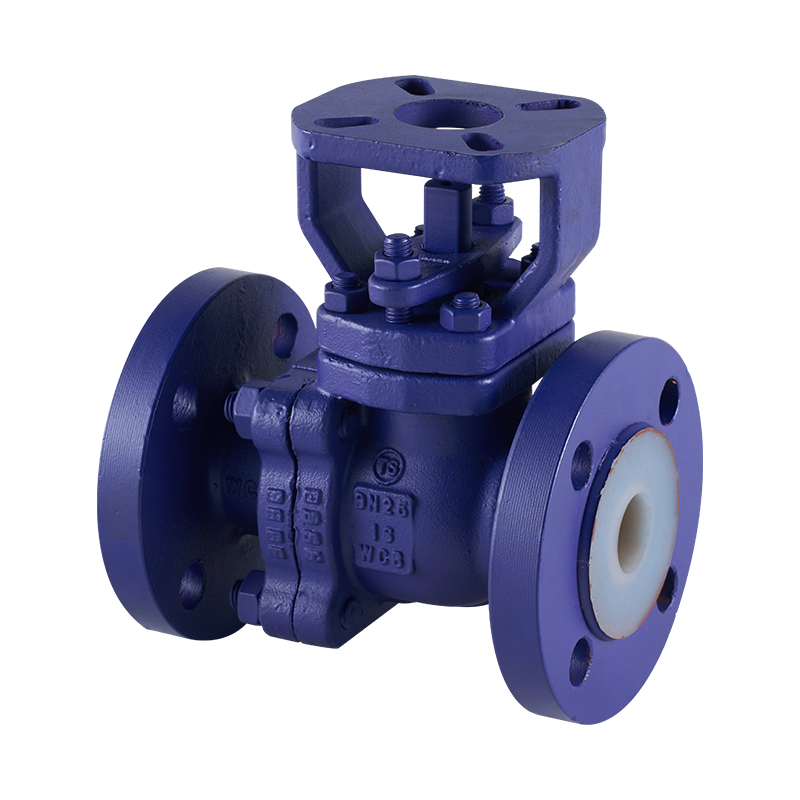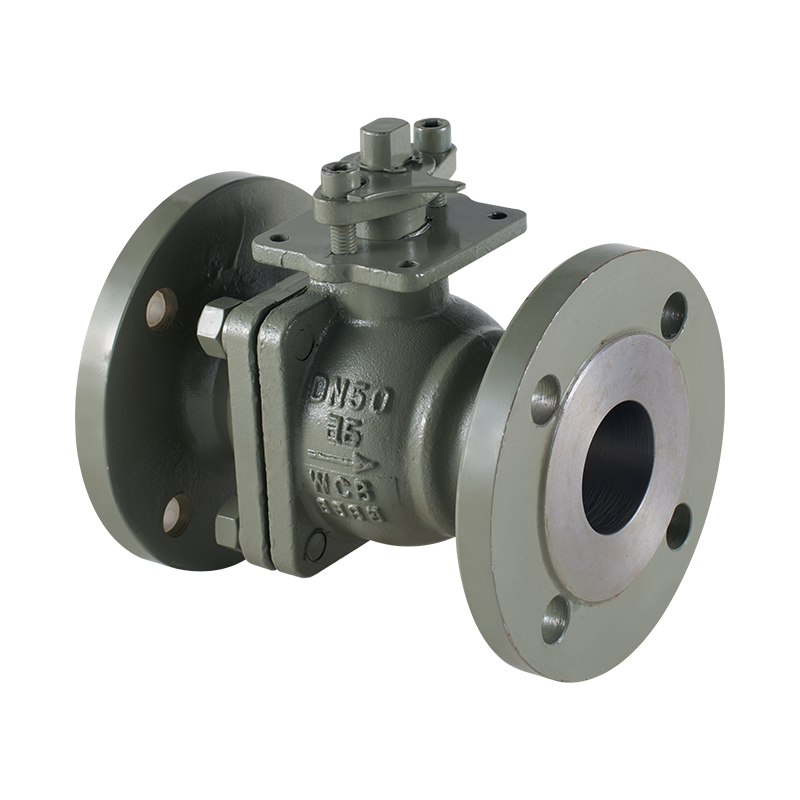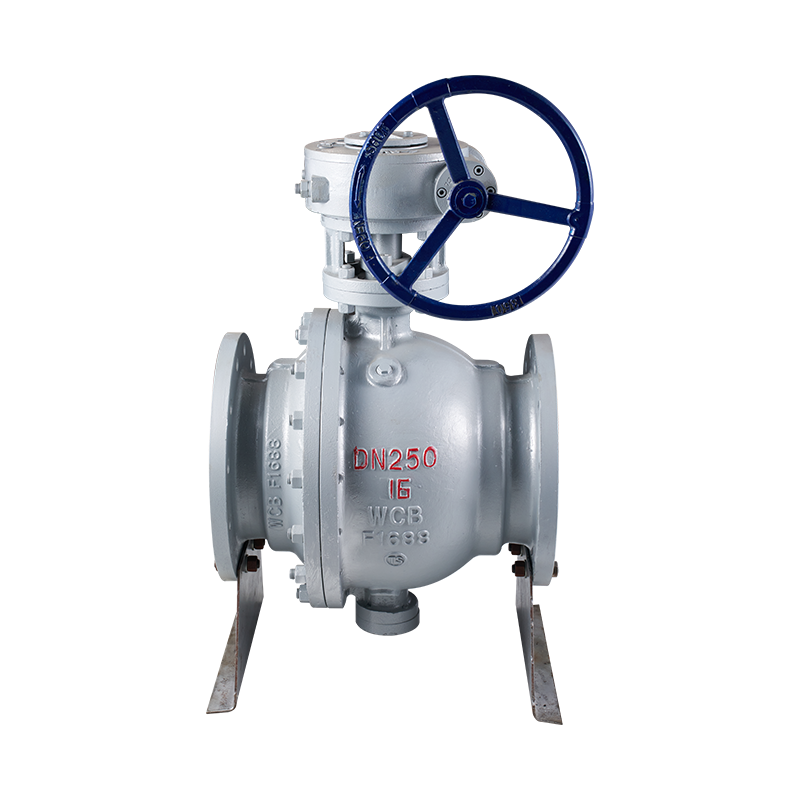With the rapid development of the global hydrogen energy industry, the market demand for industrial ball valves, as key equipment in the storage, transportation and filling of hydrogen energy, has increased significantly. A domestic valve company recently announced the successful development of an "ultra-high pressure hydrogen ball valve" that can withstand a 70MPa pressure environment, filling a domestic technology gap. The product has passed international safety certification and has begun to supply European hydrogen energy projects.
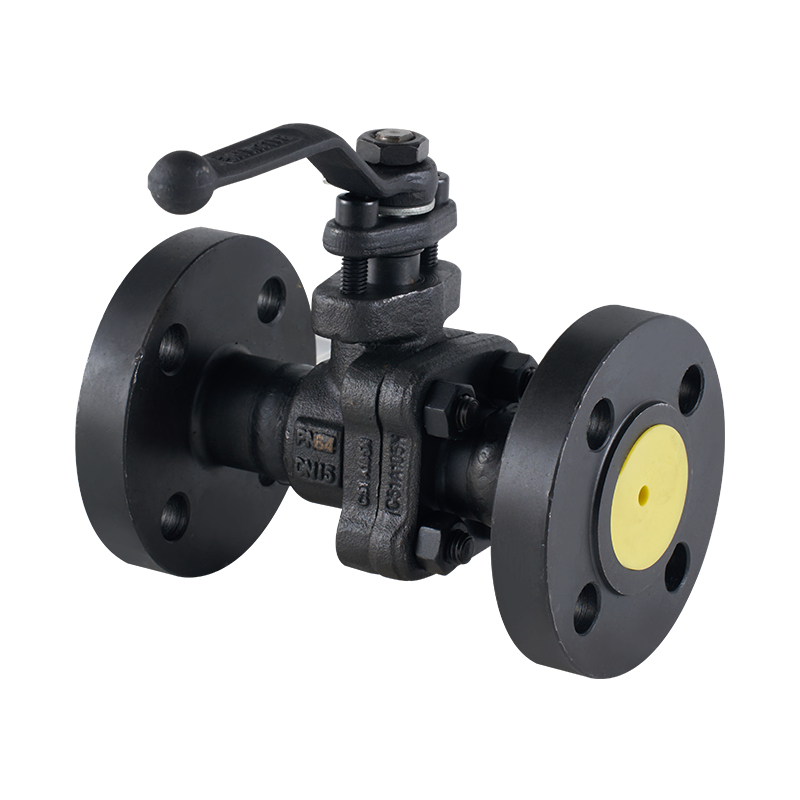
The report pointed out that the hydrogen energy industry has extremely high requirements for the corrosion resistance, sealing and safety of valves, which has promoted the transformation of the ball valve industry to high-end and intelligent. It is estimated that by 2025, the global hydrogen energy valve market will exceed US$5 billion, and Chinese manufacturers are expected to occupy a larger share with their cost and technology iteration advantages.
The 3 way flange end ball valve is a highly versatile component widely utilized in various industrial systems for its ability to manage and direct fluid flow efficiently. Designed with three ports and a flanged end connection, this type of valve facilitates multiple flow paths and simplifies complex piping arrangements, particularly in systems where redirection or mixing of fluids is required.
One of the key applications of the 3 way flange end ball valve is in chemical and petrochemical plants. In these environments, the need to redirect or mix different chemicals without interrupting the entire process is critical. The 3 way configuration allows operators to switch flow directions or isolate a section of the pipeline seamlessly. This functionality not only increases process flexibility but also helps reduce system downtime and maintenance intervals.
In water treatment facilities, 3 way flanged ball valves are used to alternate between treatment processes or divert water streams to different filtration units. Their robust design and flanged connections provide sealing and secure installation, which are essential for handling large volumes of water under varying pressures.
Additionally, these valves are often employed in HVAC systems, where they regulate the distribution of heating or cooling media across different zones. The ability to combine, divide, or reroute flows with a single valve simplifies system design and reduces the number of valves required, enhancing overall efficiency and lowering installation costs.
Due to their reliable performance, ease of operation, and structural strength, 3 way flange end ball valves remain a preferred solution in industries that demand operational flexibility, leak-tight sealing, and robust mechanical support.
The flanged floating ball valve has evolved significantly over the years, driven by the growing demand for reliable, leak-free flow control solutions across various industrial sectors. As fluid systems have become more complex and stringent regulatory standards have been introduced, the development of this valve type has focused on improving safety, efficiency, and compatibility with modern pipeline systems.
Initially, flanged floating ball valves were relatively simple in design, intended primarily for low to moderate pressure applications. However, with technological advancement and better understanding of materials science, manufacturers have been able to produce valves capable of withstanding higher pressures and temperatures, while maintaining tight sealing performance. Improvements in seat and ball materials have played a crucial role, with options like PTFE, reinforced polymers, and stainless steel being introduced to handle aggressive media and reduce wear over time.
The development of the flange connection design has also contributed to the wider adoption of floating ball valves. The flanged end provides a stable and secure means of connection, especially in systems that are frequently exposed to mechanical vibrations or temperature fluctuations. This design also facilitates easier installation, maintenance, and replacement, making it a practical choice for large-scale industrial applications such as oil and gas processing, power generation, and marine systems.
In terms of valve performance, refinements in the ball suspension and sealing mechanisms have resulted in enhanced shut-off capabilities. Modern flanged floating ball valves are now often certified to international standards, including API 6D and ISO 5211, ensuring they meet the rigorous requirements of global industries.
Environmental concerns and safety standards have further influenced valve development. Innovations such as fire-safe designs, anti-static devices, and low-emission packing systems have been incorporated to mitigate risks associated with hazardous media and to comply with emission regulations.

 English
English 中文简体
中文简体


